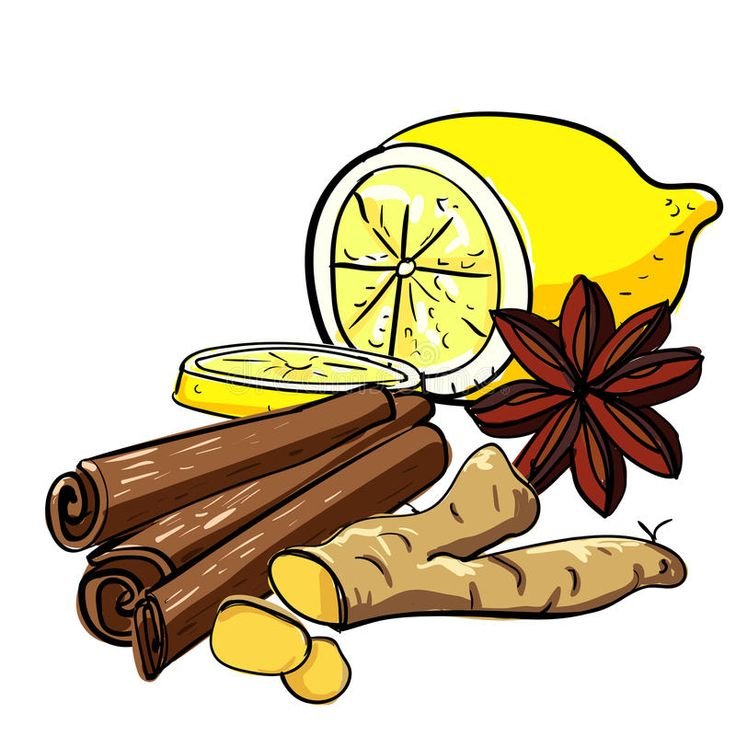In today’s fast-paced world, stress has become a common part of daily life, often leading to physical and mental health challenges. While there are many ways to manage stress, such as exercise, meditation, and therapy, cupping therapy offers a unique and holistic approach to achieving mental and emotional balance. This ancient technique not only benefits physical ailments but also plays a significant role in promoting mental wellness and relaxation.

Cupping therapy involves placing cups on the skin to create a vacuum, which helps stimulate blood flow, reduce muscle tension, and promote relaxation. By targeting specific points on the body, especially areas where stress and tension accumulate, cupping can help release blocked energy, calm the nervous system, and create a sense of overall well-being. Unlike conventional treatments, cupping works on both physical and energetic levels, making it a versatile tool for stress management.
Read Also:
- Cupping for Stress Relief: Balancing Mind and Body
- Cupping for Muscle Pain: Benefits for Athletes & Fitness
- History of Cupping Therapy: Ancient Wisdom for Modern Healing
- Cupping Therapy Aftercare: Tips and Precautions for Optimal Recovery
- Different Types of Cupping: Wet vs. Dry Cupping Explained
This article delves into how cupping can be used to relieve stress and enhance mental wellness. We’ll explore the science behind its calming effects, the best techniques for relaxation, and how to integrate cupping into a holistic self-care routine. Whether you’re dealing with everyday stress or looking for a natural way to support your mental health, cupping therapy offers a time-tested solution.
The Science Behind Cupping and Stress Relief
How Cupping Affects the Nervous System
Cupping therapy works by stimulating the body’s parasympathetic nervous system, also known as the “rest and digest” system. When suction is applied to the skin, it triggers a relaxation response, which can help calm the mind and reduce stress. Here’s how it works:
- Increased Blood Flow: The suction from the cups draws blood to the surface of the skin, increasing circulation. This enhanced blood flow delivers more oxygen and nutrients to tissues, helping to release physical tension and promote relaxation.
- Release of Endorphins: Cupping stimulates the release of endorphins—natural painkillers produced by the body. These chemicals can elevate mood, reduce anxiety, and create a sense of well-being.
- Regulation of the Autonomic Nervous System: By activating the parasympathetic nervous system, cupping therapy helps counteract the “fight or flight” response caused by stress. This leads to a reduction in heart rate, lower blood pressure, and a calming effect on the body and mind.
Targeting Stress Points with Cupping
Certain areas of the body are more prone to holding stress and tension, such as the neck, shoulders, and upper back. Cupping therapy can be used to target these stress points, helping to release tight muscles, reduce headaches, and alleviate the physical symptoms of stress.
- Neck and Shoulders: The neck and shoulder areas often carry the burden of stress, leading to stiffness and discomfort. By placing cups along the trapezius muscles and upper back, cupping can relieve tension, improve circulation, and promote relaxation.
- Spine and Lower Back: The spine is a crucial area for stress relief as it houses the central nervous system. Cupping along the spine can help regulate the nervous system, promoting a calming effect on the entire body.
- Acupressure Points: In traditional Chinese medicine, specific acupressure points are associated with stress relief and emotional balance. Cupping can be applied to these points to enhance the therapeutic effect and promote mental wellness.
Cupping Techniques for Mental Wellness
Stationary Cupping for Deep Relaxation
Stationary cupping is one of the most commonly used techniques for stress relief. In this method, cups are placed on specific areas of the body and left in place for several minutes. The suction effect created by the cups helps to lift and stretch the underlying tissues, reducing muscle tension and promoting relaxation.
- How It Works: The therapist applies cups to areas where stress and tension are held, such as the upper back, shoulders, or along the spine. The suction effect draws blood to the surface, increasing circulation and facilitating the release of tight muscles.
- Benefits: Stationary cupping promotes deep relaxation, helping to calm the nervous system, reduce anxiety, and relieve physical tension. It is particularly effective for individuals dealing with chronic stress or muscle tightness.
Gliding Cupping for a Soothing Massage
Gliding cupping, also known as sliding or moving cupping, combines the benefits of cupping and massage. This technique involves applying oil to the skin and moving the cups in a gliding motion over the muscles. The gentle movement of the cups provides a soothing massage, helping to release tight fascia, improve circulation, and promote a sense of calm.
- How It Works: The therapist places cups on the skin and moves them in a slow, gliding motion. This technique can be used on large muscle groups like the back and shoulders to relieve tension and promote relaxation.
- Benefits: Gliding cupping offers a gentle and relaxing experience that helps release emotional stress and physical tightness. It is an excellent option for those who prefer a more dynamic and soothing therapy session.
Facial Cupping for Emotional Balance
Facial cupping is a gentle form of cupping therapy that focuses on the face and neck. Unlike body cupping, facial cupping uses smaller, softer cups that are designed to improve circulation, reduce facial tension, and promote a healthy complexion. Facial cupping can also help alleviate stress-related symptoms like headaches, jaw tension, and sinus congestion.
- How It Works: The therapist uses small cups to create a gentle suction on the face, moving them in a gliding motion along the jawline, cheeks, and forehead. This technique stimulates lymphatic drainage, reduces puffiness, and promotes relaxation.
- Benefits: Facial cupping provides a relaxing experience that can reduce stress, improve skin health, and enhance emotional well-being. It is a gentle and effective way to unwind and support mental wellness.
Incorporating Cupping into Your Self-Care Routine
Finding a Cupping Practitioner for Stress Relief
To experience the full benefits of cupping for stress relief and mental wellness, it’s essential to work with a certified cupping therapist. A qualified practitioner can assess your individual needs, recommend the best cupping techniques, and provide a safe and effective treatment session.
- Consultation: During your initial consultation, discuss your stress levels, areas of tension, and any mental health concerns. This information helps the therapist tailor the cupping session to your specific needs.
- Frequency: The frequency of cupping sessions for stress relief can vary depending on individual preferences and stress levels. Some individuals may benefit from weekly sessions, while others may find monthly treatments sufficient.
Self-Care Practices After Cupping
Cupping therapy can be a powerful tool for stress relief, but it’s also important to support your mental wellness with self-care practices after the session:
- Hydration: Drink plenty of water after your cupping session to help flush out toxins and support the body’s healing process.
- Relaxation: Allow time for rest and relaxation after the session. Avoid strenuous activities and take time to unwind.
- Mindfulness and Meditation: Incorporate mindfulness or meditation practices into your daily routine to support the calming effects of cupping. These practices can help you maintain a sense of balance and reduce stress.
Additional Benefits of Cupping for Mental Wellness
Improved Sleep Quality
Cupping therapy can improve sleep quality by promoting relaxation and reducing stress. By calming the nervous system and relieving muscle tension, cupping can help individuals achieve a deeper and more restful sleep. Improved sleep quality is crucial for mental wellness, as it allows the body and mind to recover and rejuvenate.
Enhanced Mood and Emotional Balance
The release of endorphins during cupping therapy can enhance mood and promote emotional balance. Endorphins act as natural mood elevators, helping to reduce feelings of anxiety and depression. Regular cupping sessions can create a sense of well-being and emotional stability, supporting overall mental health.
Conclusion
Cupping therapy offers a holistic and natural approach to stress relief and mental wellness. By stimulating the parasympathetic nervous system, promoting blood flow, and releasing muscle tension, cupping can help alleviate the physical and emotional effects of stress. Whether you choose stationary cupping for deep relaxation, gliding cupping for a soothing massage, or facial cupping for emotional balance, this ancient therapy can provide a valuable tool for managing stress and enhancing mental well-being.
Incorporating cupping into your self-care routine, along with other practices like mindfulness and relaxation techniques, can help you achieve a balanced and harmonious state of mind. Consult with a certified cupping practitioner to explore the best cupping techniques for your needs and embark on a journey toward a calmer and more balanced life.
















